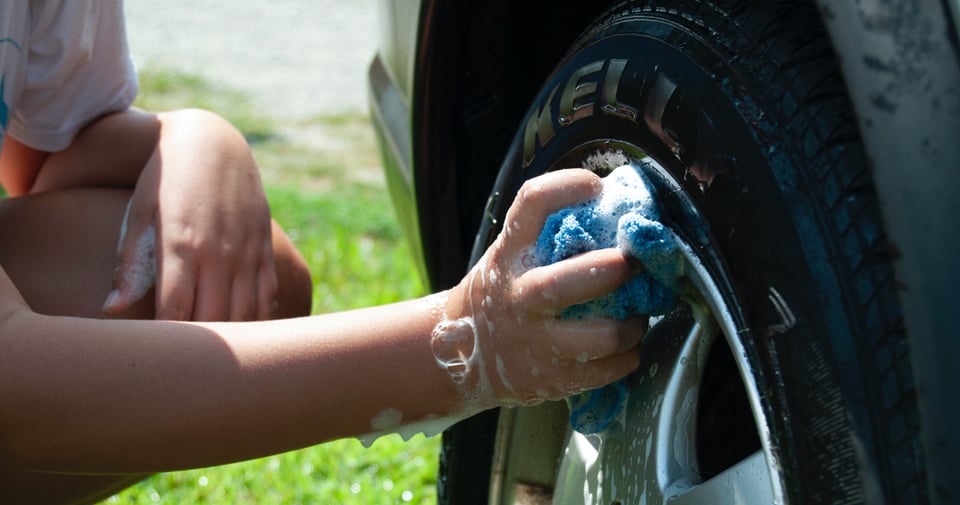
A Guide to Caring for a New Vehicle
Purchasing a new or used vehicle can feel liberating—you’re well on your way to hitting the road in style and in the driver’s seat. But that new car smell can only last so long, so how can you keep the magic alive a little bit longer once you roll off the car lot? And what elements of your new ride should you keep an eye on to make sure you’re easy riding for more than just a couple of years?
Here are just a few useful ways you can keep your vehicle in tip-top shape.
Oil
Everyone needs a balanced breakfast—it just so happens that with your vehicle, oil is on the menu. This includes checking the level and quality frequently, both based on mileage driven and passed time. Using your dipstick to check the oil level yourself, ensure that your vehicle is on level ground to get the most accurate reading. It’s also a good idea to check before embarking on a lengthy trip. The key thing to remember is this—when you run your vehicle at a low oil level, the engine will run hotter to accommodate, putting greater strain on the engine components. Avoid this wear and tear by keeping eye on your oil.
Tires
The key to long-term vehicular awesomeness is where the rubber meets the road—especially when it comes to a used vehicle. So before you take a lengthy road trip or anticipate putting consistently high mileage on your auto, consider having the tires rotated and pressure-tested. Another great idea is to keep a tire-pressure gauge handy in your glove compartment in case you suspect one or more to be low. Many new vehicles come with a built-in gauge through the dashboard, but that’s not the case with all used models. Take note of what the optimum pressure reading should be so you know how much to fill in case of a necessary pitstop.
Brakes
Let us stop you right there—no vehicle’s lifetime is maximized without pumping those brakes. Minor maintenance includes a user-friendly way to test whether or not your brake fluid is sufficient. Many vehicles come with a gauge that can tell you whether you’ve exceed the minimum required brake fluid for optimal functioning. Check under the hood—and if your brake fluid is low, make use of the manufacturer-recommended fluid type to refill. This is for temporary fixes, however—low brake fluid can often require replacement versus replenishment, as water from condensation can sometimes infiltrate your brake-fluid reservoir and diminish function. Consult your go-to mechanic on how often you should have you brake fluid professionally handled per your model of choice.
Cleaning
There’s no harm in looking pretty—and the same goes for your car. While your car’s aesthetic might not be your top priority, washing your car regularly (and occasionally getting the royal treatment with a car wax as well) can be paramount to ownership for a variety of reasons. Chief among them is resale value—regardless of how strongly you feel about the way your car looks, your ability to turn a profit for a subsequent vehicle in the event you sell one day down the road is markedly improved by maintaining a nice quality and finish to the body. Regular car washing can also help prevent sedimentary build-up in areas of the vehicle prone to rusting or erosion that can harm performance—such as wheel wells.
Ready to try on some new auto lending options for size? Find out what Levo offers vehicle-buyers.

 605-334-2471
605-334-2471


